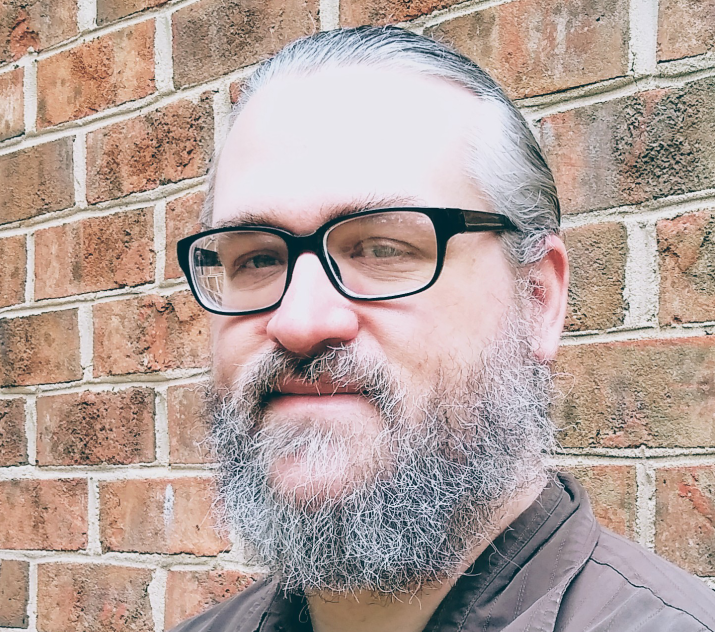Research
After my undergraduate education, my inner biology geek was re-awoken by a confluence of hobbies and conversations. I became enamored with the microbes which produced my compost, brewed my beer, and (honestly), lead to many interesting conversations about cholera. As an engineer, I was naturally drawn to their applications. Not much has changed since I decided to turn my avocation into a career.
I am particularly interested in modelling microbial interactions, especially those concerning soil restoration, by using skills at the intersection of microbial ecology, engineering, and software development.
Current Projects
Microbial community assembly
Microbial ecosystems, whether agriculture soils, the human gut, or wastewater treatmentment plants, contain diverse communities of microbes which do the actual work. We have some idea of what a ‘good’ microbial communities looks like, but our ability to direct assembly towards a desired community is limited.
As an engineer, I am trying to use ecological models of community assembly to better understand how to produce desired microbial populations. As an ecologist, I am interested in using these systems as platforms for generalizing udnerstanding, such as ‘connecting the rules of life’. As a software developer, I am interested in developing tools which are not only correct and performant, but also openly shared and as easy to use as possible for researchers who do not consider themselves ‘computer people’.
Agent based modelling of microbial communities
The ability to rapidly generate and filter hypotheses by simulating systems fundamentally changes every discipline it touches. Those of us studing microbial communities live in an exciting time; large-scale credible simulations of millions of bacteria are now feasible. These simulations have the potential to revolutionize bioreactor design in the same way that computer aided design and finite element analysis revolutionized mechanical engineering.
I have worked with the NUFEB agent based modelling system to understand the balance between stochastic and deterministic forces and I continue to use NUFEB in my current research. I have the dual goals of introducing more detailed systems of microbial antagonism (using the Type VI secretion system as a model) and of making the software far more accessible to researchers who do not consider themselves primarily to be modellers.
Enhanced pedagogical techniques
Teaching is an essential component of academic life and while I do not believe the traditional stand-up lecture is a medieval torture device, I do believe that there are complementary methods which can improve our role as doctors.
While another page explains my general teaching philosophy, a particular interest of mine is interactive tutorial sessions, such as one allowing students to learn basic data analysis of microbial metagenomic studies.
I’m also interested in using real-world research to form ‘engagement hooks’ for secondary school students. Recently, I’ve developed a ‘virtual lab’, aligned to national curricula, where students learn about ecological tradeoffs by playing with a web-based pre-solved agent based models of Type VI Secretion systems. The public demo (not suitable for phones) is available here: https://raw.githack.com/joeweaver/t6ss-outreach/main/welcome.html
Previous Projects
Combined CFD-biokinetic modelling
Increased computing power has allowed computational fluid dynamics to flourish in many fields. In environmental engineering, it has been successful, but also largely limited to hydraulic modelling. There is a recognized need to explore different methods of including biokinetic reactions and other processes, such as sludge settling, into realistic models which can be computed in a practical amount of time.
Specifically, I am attempting to create an open, reproducible model which incorporates fluid flow, biological flocs, and ASM-style biokinetic models to predict reactor performance.
Shear-induced bioaggregation
The local shear microenvironment is a key parameter affecting biological particles. It influences local substrate concentrations, induces bacterial physiological responses, and physically shapes particles though erosion, fragmentation, aggregation.
I am involved in both the ‘wet’ work of evaluating reactors which allow better experimental control of shear rates and the ‘dry’ work of developing CFD models to evaluate the shear rate distributions within those reactors.
Anaerobic Plastic Degradation
With the explosion of ‘biodegradable’ plastics coming to the market, it is important to be clear about what biodegradable means and under what conditions the plastics actually degrade. In particular, it is important to evaluate methods designed to identify which plastics will biologically degrade in the warm, anaerobic environment of a landfill - the ultimate endpoint of much consumer waste.
